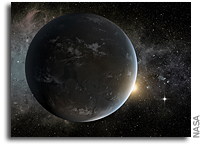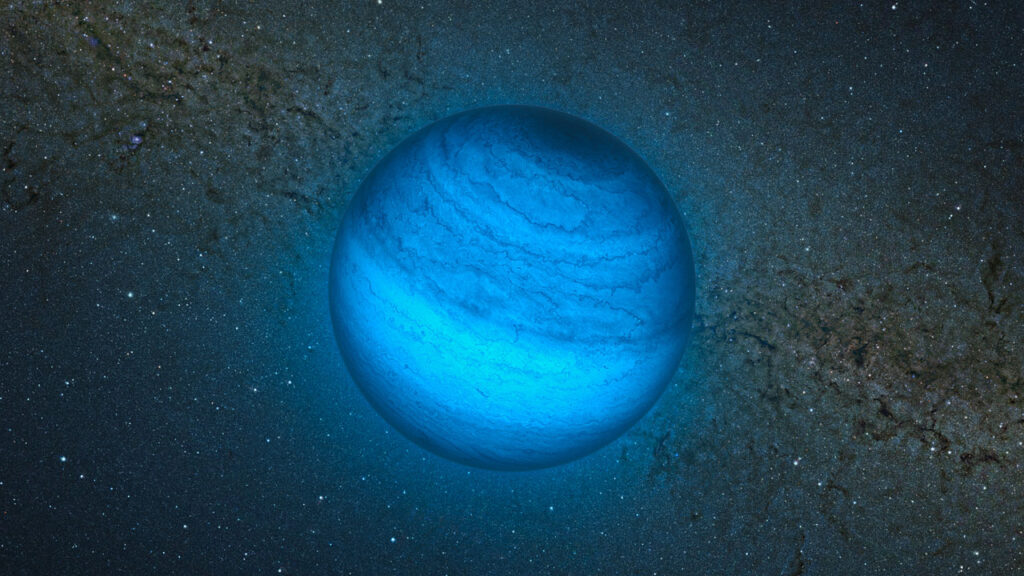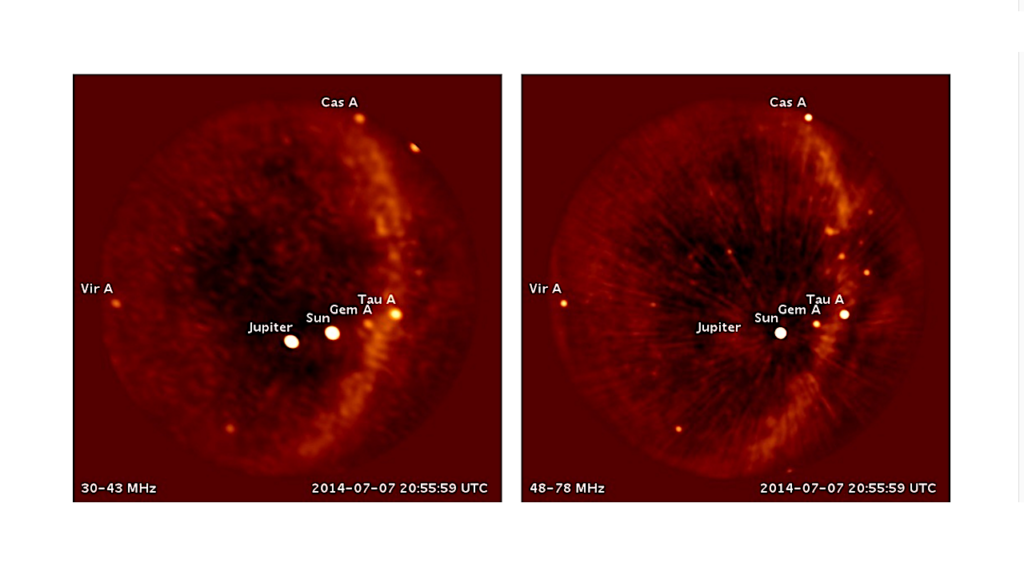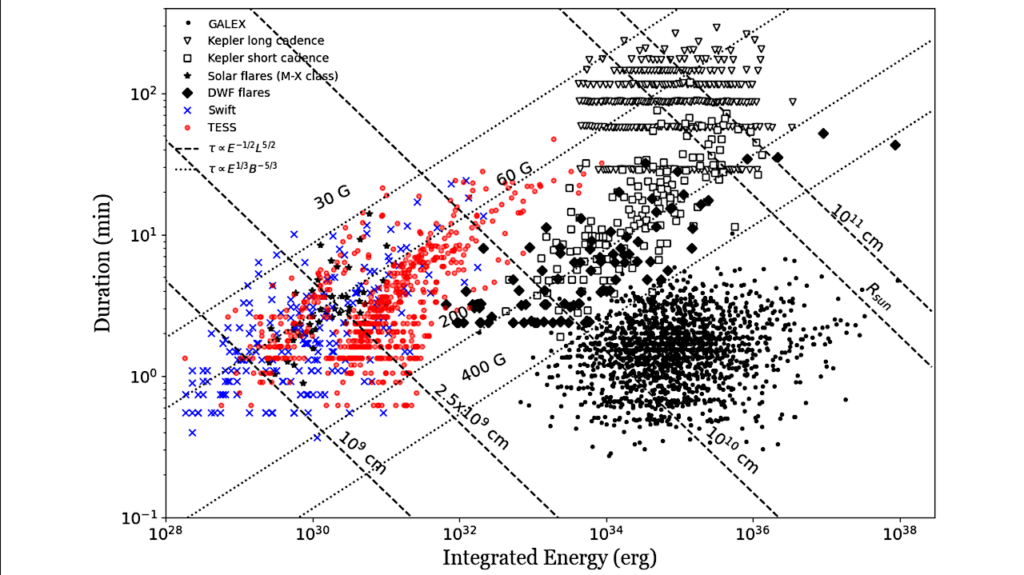The Role of Carbon in Extrasolar Planetary Geodynamics and Habitability

he proportions of oxygen, carbon and major rock-forming elements (e.g. Mg, Fe, Si) determine a planet’s dominant mineralogy. Variation in a planet’s mineralogy subsequently affects planetary mantle dynamics as well as any deep water or carbon cycle.
Through thermodynamic models and high pressure diamond anvil cell experiments, we demonstrate the oxidation potential of C is above that of Fe at all pressures and temperatures indicative of 0.1 – 2 Earth-mass planets. This means that for a planet with (Mg+2Si+Fe+2C)/O > 1, excess C in the mantle will in the form of diamond. We model the general dynamic state of planets as a function of interior temperature, carbon composition, and size, showing that above a critical threshold of 3 atom% C, limited to no mantle convection will be present assuming an Earth-like geotherm.
We assert then that in the C-(Mg+2Si+Fe)-O system, only a very small compositional range produce habitable planets. Planets outside of this habitable range will be dynamically sluggish or stagnant, thus having limited carbon or water cycles leading to surface conditions inhospitable to life as we know it.
Cayman T. Unterborn, Jason E. Kabbes, Jeffrey S. Pigott, Daniel R. Reaman, Wendy R. Panero (Submitted on 31 Oct 2013)
Comments: 9 pages, 9 figures
Subjects: Earth and Planetary Astrophysics (astro-ph.EP)
Cite as: arXiv:1311.0024 [astro-ph.EP]
(or arXiv:1311.0024v1 [astro-ph.EP] for this version)
Submission history From: Cayman Unterborn [v1] Thu, 31 Oct 2013 20:26:32 GMT (656kb,D)








